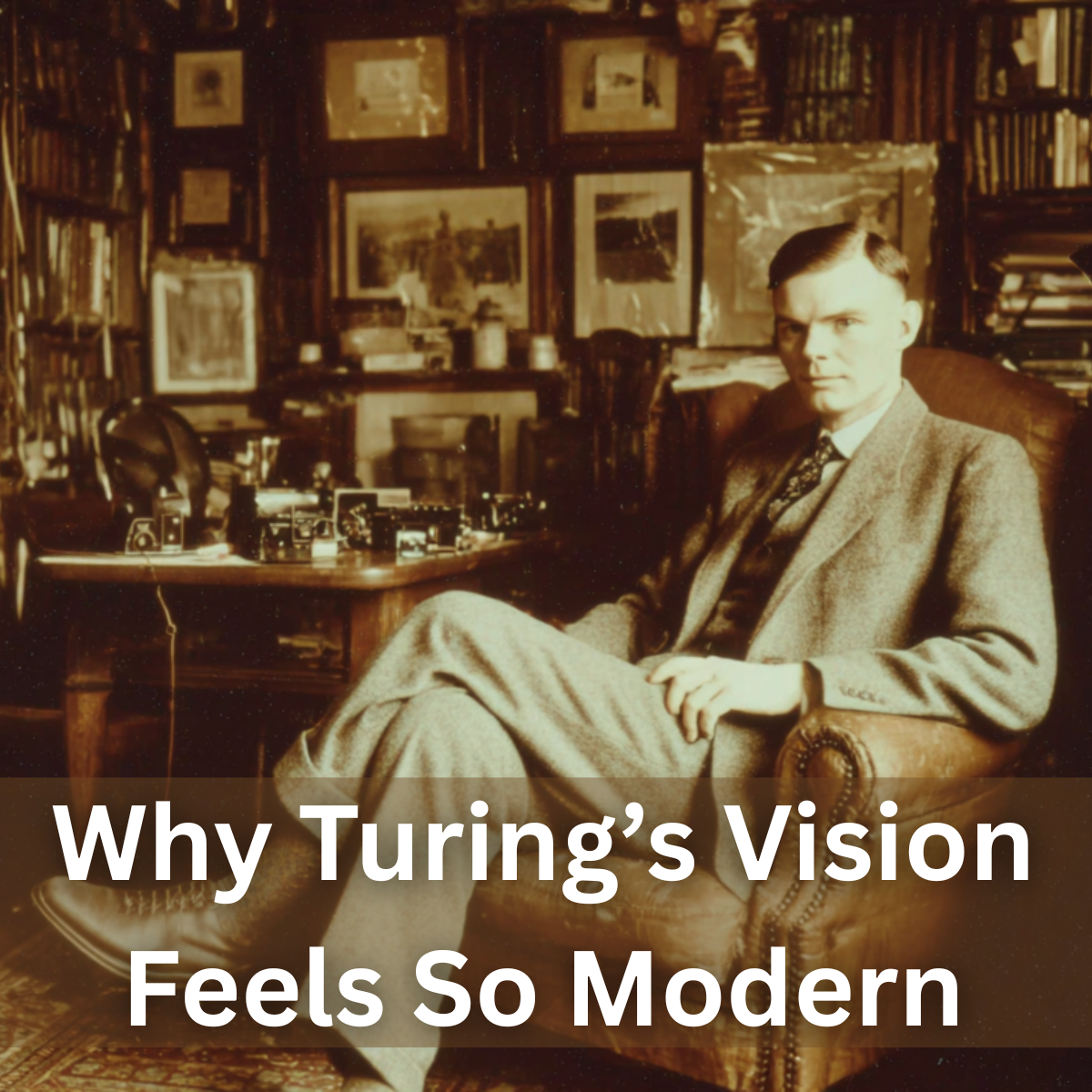I have sat through more than one PowerPoint presentation in my lifetime. Based on the number of meetings in my calendar, sales presentations, and business reviews, I have averaged at least 4 per week for my career. That means I have the pleasure of having sat through at least 5,000 PowerPoint presentations. So I have many observations on this topic, but one that I would like to point out on this note is the overuse and abuse of the concept of a “Case Study.”
How many people have participated in an actual case study? I have had that opportunity a few times in my career. A case study is when a company invests significant time, money, and resources to validate a concept against a real-world scenario and then presents the results. A case study is an in-depth analysis of a particular situation, event, individual, or group over some time. It’s used primarily in research, business, and education to explore how theories or concepts apply to real-world scenarios. It provides detailed insights and a thorough understanding of an important subject matter. Case studies often highlight best practices, explore challenges, and demonstrate the effectiveness of strategies, solutions, or interventions. Due to the convincing and complete nature of well-thought-through and planned case studies, these are considered some of the best evidence of an applied idea or concept.
It is no small wonder that salespeople have learned to use the phrase “case study” when describing work their company has previously performed. It certainly sounds more credible. Here are some examples of work we have done, they will say as they browse a few slides. They might even have a few with phrases like “Problem Statement” in the slide to make it seem official. These are not case studies at all. They are just examples of work they have done in the past. Calling them a case study is an appeal to logical credibility that, in reality, makes the presenter look foolish.
So, we have established that a real case study will have a clearly defined problem statement. That is usually what is needed for any research to be justified. Usually, the case study is launched to validate a hypothesis. We have a problem, and the theory is that if we do the following, we can find a solution. A case study is not usually conclusive evidence, but it is the best you can do to resolve a particular problem with a practical application of a theory or practice. However, more than the problem statement is needed; any real case study must have a proposed methodology.
When you define a problem, you typically have an objective to solve it or at least achieve some measurable results that will help validate a hypothesis. This is accomplished with a methodology. There are many ways to solve a problem, but the most common is to define an approach, such as interviews, surveys, observation, or document analysis. That data is then collected with tools, processes, and other mechanisms. Then analysis is performed on the resulting data set to resolve the original question and purpose of the case study.
Have you ever noticed that the PowerPoint Case Study you are looking at has yet to have any objective or measurable data points? It might have some highly subjective claims, such as the client experiencing a 100% improvement in efficiency. This is questionable because a sales and marketing team usually makes it up. They are not trying to lie; they are just using best-guess analysis to make their supposed case study look more impressive. Instinctively knowing the truth, an actual case study would have a methodology with measurable results.
The rest of the telltale signs of a fake case study are easier to detect once you realize there was no methodology to uncover a hypothesis’s truth. There will be no findings, meaning no data collection results that were analyzed. There will be no comparisons to other theories and certainly no detailed walk-through challenges and limitations of the case study’s application. Finally, there will be a need for more references to sources cited as theoretical evidence or literature review to establish a foundation for the effort to perform the case study in the first place.
Most of us went to school and probably grad school. We had to write this level of research to get our degrees, but we have forgotten why we did that work to establish proof. It seems so much easier to just throw “case study” in the title of the slide. A case study should include a clear, well-defined problem and offer a comprehensive, logical exploration of how the problem was addressed. It should provide enough detail for the reader to understand the context, the challenges faced, the decisions made, and the outcomes achieved. A strong case study also critically evaluates the results, acknowledges limitations, and discusses broader implications or lessons learned that can be applied in similar situations.
Imagine if, when we engaged in work for ourselves or our clients, we approached the problem with the level of rigor required to deliver an actual case study. I think your PowerPoint presentation would look a lot different. Instead of one slide per case study, you would have a 2- to 3-hour workshop on a single case study to walk the client through the applicability of their situation. Now, that would be impressive.




